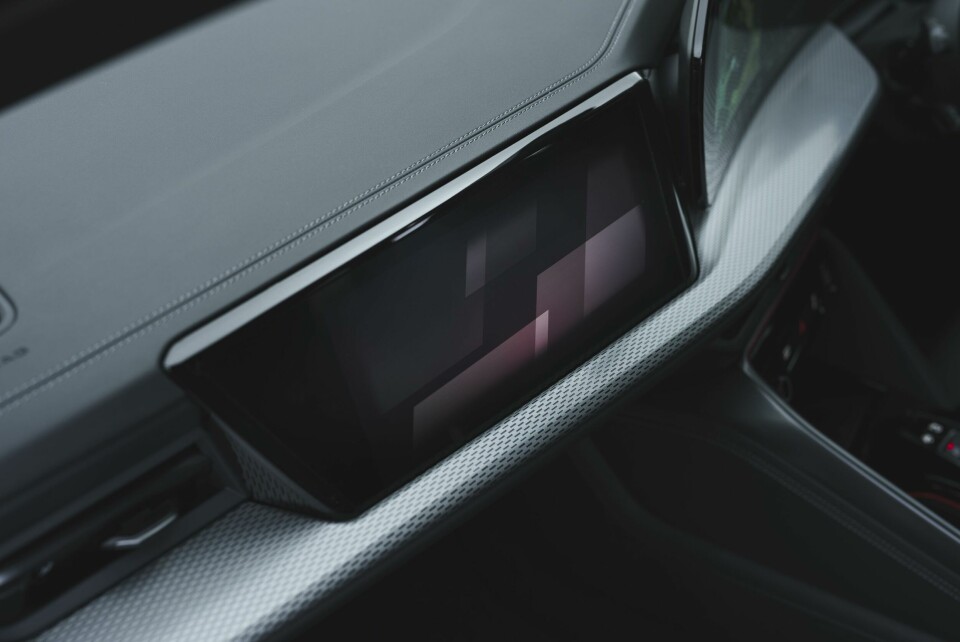
Traditional CMF: development, digitalisation and desirability
Designers describe the benefits of using traditional materials inside the cabin, but digitalisation and material development could change the game
Many traditional materials still used in the car interior today have been present for decades, even centuries. Drivers and occupants around the world have come to expect a comfy leather chair, for example. But as trends such as digitalisation develop, and new materials offer increasingly enticing benefits, can traditional products retain their position and remain relevant in the rapidly evolving space of vehicle interiors?
Deep roots
“Materials such as wood, aluminum and leather are deeply rooted in Audi DNA,” Tiziana Mauri, head of C&T design at Audi, tells CDN. “We have been using them for a long time because our customers really appreciate the properties of these materials. They offer practically unlimited possibilities for our creativity, and as a designer, I see that the world is moving fast with new opportunities but also many challenges at the same time. We let ourselves be stimulated by it and we push ourselves to our limits. But the key is to translate all this into fresh products, maintaining a brand identity while continually evolving.”
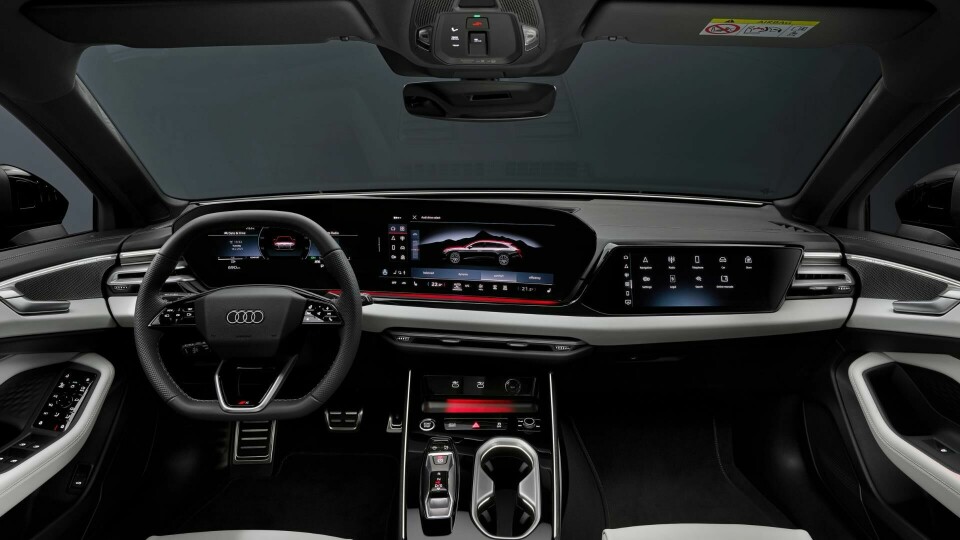
Mauri – who joins our panel in Milan next month – places these materials into two groups when it comes to describing their impacts on the interior of the vehicle. Wooden veneers and leather, for example, are derived from natural materials and provide a warmth and cozy feeling. Aluminium and carbon fibre, on the other hand, are sleek and sharp, often used to emphasise the sportiness of models and provide a driver-focused centricity.
Marie-Camille Lecoq, head of CMF and sustainability at Lotus, also aluminium, carbon fibre and leather as key traditional materials. The latter is a “symbol of craftsmanship and timeless material,” she states, and its versatility and functionality makes it a formidable choice.
And while these materials have been used for many years, developments are still ongoing, and could see traditional materials play an ever greater role inside the cabin. “There is innovation and improvement being made to the leather process, upstream and downstream, which can be interesting to us in terms of value in a transition towards more sustainability without sacrificing a known premium recipe or in adding value to the vehicles with tech-led solutions involving leathers,” Lecoq explains.
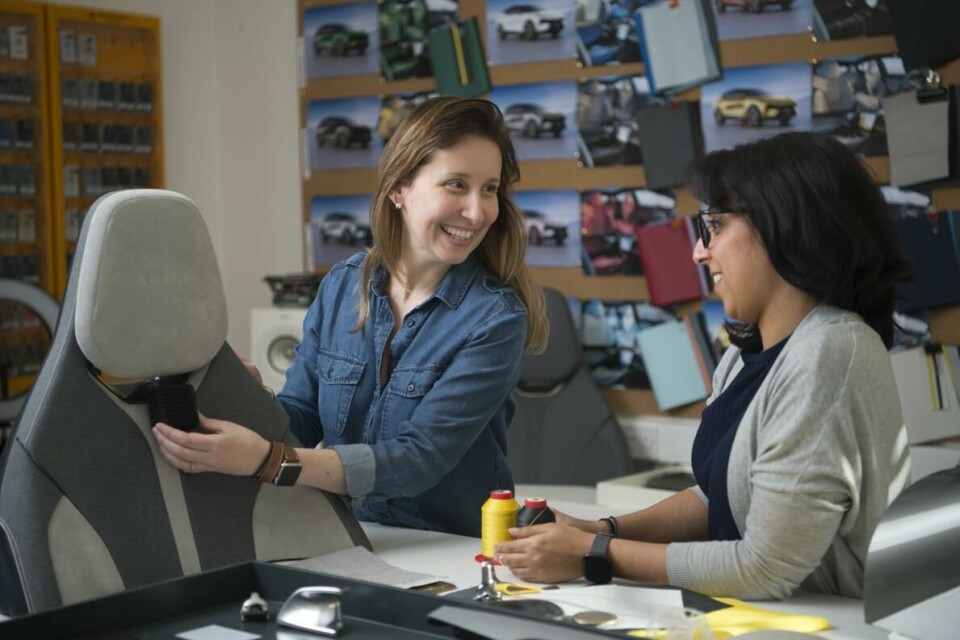
Other traditional materials that still feature heavily in vehicle interiors include plastics and textiles, and as with leather, companies are consistently developing new grades and solutions that offer various benefits. A prime example is the introduction of sustainable textiles.
“We have worked tirelessly to accelerate the production of a textile that currently consists of 50% rPET, and already have the capability to push this even higher,” says David Hopwood, CMF design chief at Mahindra Advanced Design Europe. “And we are taking the same approach with our plastics, opting for uncoated plastics to support circularity post-life while also working towards integrating recycled plastics from the very first phase.”
Colour is another important area that must be considered. For Mauri, the primary colours will always have a place in car interiors. However, just like with the materials, she explains that development and improvement is ongoing and will be important for brand differentiation. “The variety of pigments, effects and tonalities give our models an unique and strong character,” she affirms.
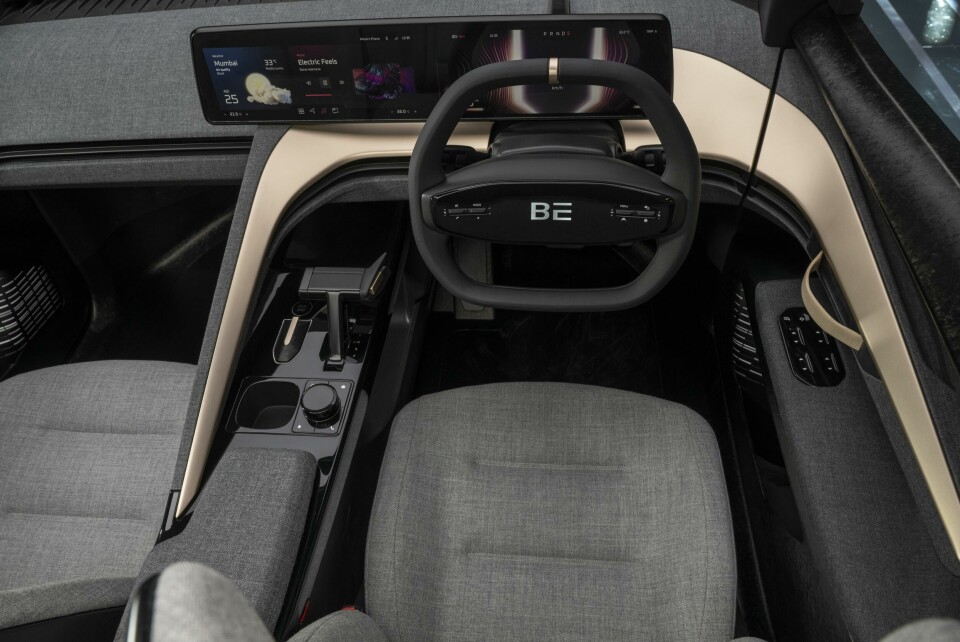
Reshaping or replacing
As consumer expectations shift and tech keeps advancing, carmakers and suppliers are constantly finding new ways to use traditional materials, making them more interactive, sustainable and adaptable to the changing landscape.
Lotus, for example, has been focusing on tech integration with touch-sensitive surfaces and backlighting for leather and aluminium parts. Lecoq acknowledges the progress being made in smart functionality, with features such as gesture control becoming increasingly advanced, but underlines the progress that has been made in ambient lighting features. This, she observes, has had a dramatic expansion over the past few years, and has become a crucial area for designers to explore brand identity.
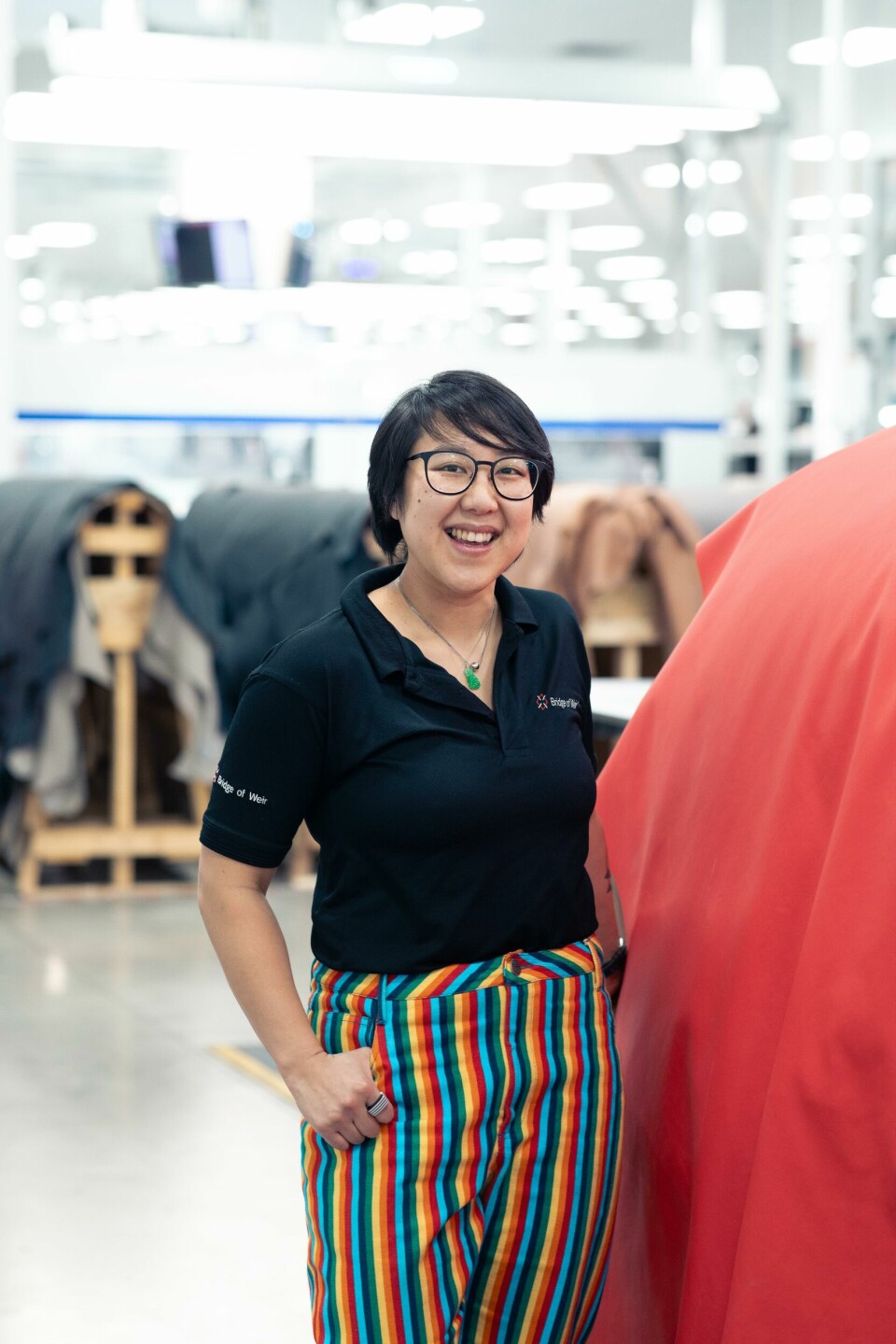
But as digital features tighten their grip on the car interior, could there be a need for designers to use other materials that help enable this trend? “Digitalisation is reshaping, not replacing traditional materials,” Lecoq argues. “It is driving the creation of new materials while also finding more meaningful ways to integrate traditional materials into the tech revolution. Location, application or even combination of these materials together with another traditional or new material are among some of areas we are rethinking and reimagining.”
For suppliers that solely specialise in traditional materials, the impact of digitalisation could be huge. Caitlin Brennan, senior designer at Pangea Made, observes a “skyrocketing demand” for AI implementation inside the vehicle, with more digital tools being used than ever before. However, she is confident that nothing will replace real materials.
“As a leather designer, I take on the challenge of meeting the needs of our customers by using technology and innovation in combination with traditional processes to bring leather into the future,” she states. “We are exploring many new special finishing effects and technologies that offer brand differentiation, heighten luxury aesthetic, and create a sense of exclusive detailing. At the end of the day, both the consumer and the brand come back to leather, I’ve seen it many times. It evokes an emotional connection that no other material will ever replace.”
For suppliers that solely specialise in traditional materials, the impact of digitalisation could be huge. Debra Choong, design manager at Bridge of Weir Leather, expresses her excitement at the digital revolution. She says that, although the rapid rise of the touchscreen, smart surfaces and AI integration has shifted the focus within the interior, traditional materials play a more important role than ever.
“The shift has created an opportunity to highlight materials within the cabin,” Choong notes. “Leather, for example, plays an important role in balancing the high-tech aesthetic with something more natural and tactile, and the emphasis on user experience means that texture, touch, and material warmth are more important than ever, ensuring that leather remains a central element in interior design.”
Choong describes a clear shift in customer expectations, which goes hand-in-hand with advances in the digital cockpit. She suggests that clients are looking for “complete solutions rather than just material supply.” This is having an impact on the traditional supplier-customer relationship, and has seen companies like Bridge of Weir Leather work closer with OEMs on the design and implementation of products.
Heart and romance
The domination of giant touchscreens has undoubtedly had an impact on CMF departments across the automotive space, and AI integration could further exacerbate the situation. Additionally, with the introduction of numerous new alternative materials in the cabin, from cork to cactus, could there be a danger of losing character and soul inside the vehicle?
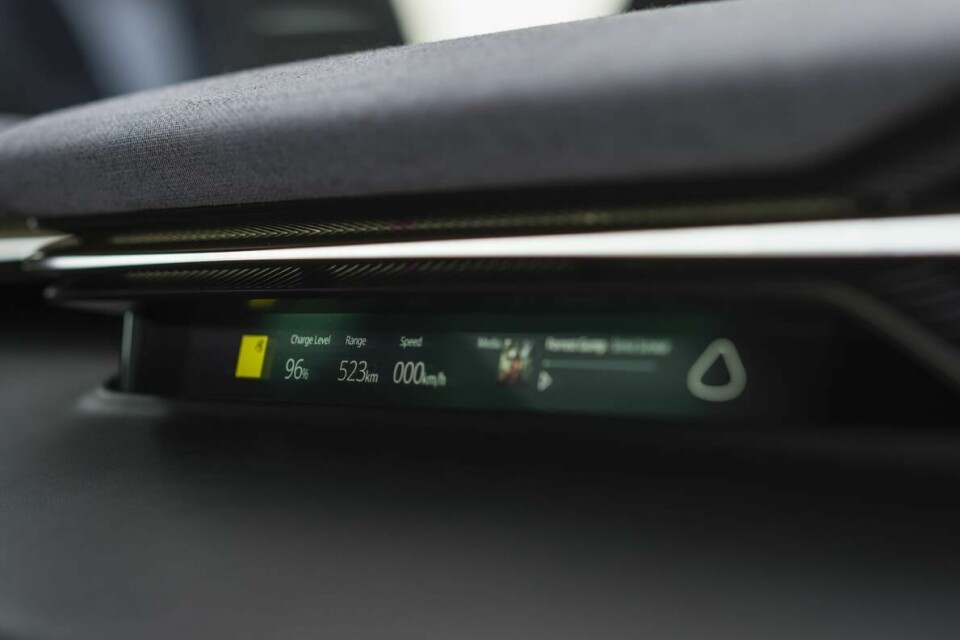
Mauri states that this is not an option. “Tradition and innovation are two sides of the same coin, and both are needed for a brand as successful as Audi,” she emphasises. The German carmaker is constantly examining the potential for new innovative materials, and is always looking to push the boundaries within digitalisation. But traditional materials, Mauri confirms, will remain vital as the company looks to take its DNA and brand identity to the next level.
Lecoq holds a different view, suggesting that evolution is always necessary providing it is carried out in the correct manner. This also applies to materials, and she believes that the use of new materials inside the cabin will be a positive influence on the character of the vehicle.
“If designed, executed and narrated appropriately, new materials can bring the same emotional connection, quality and sensory appeal to customers,” Lecoq muses. “The romance can still be there, it’s just taking on a new form. Traditional materials benefit from decades of brand storytelling, but it is only a matter of time until newer materials enjoy the same reliable reputation and, subsequently, the romance.”



